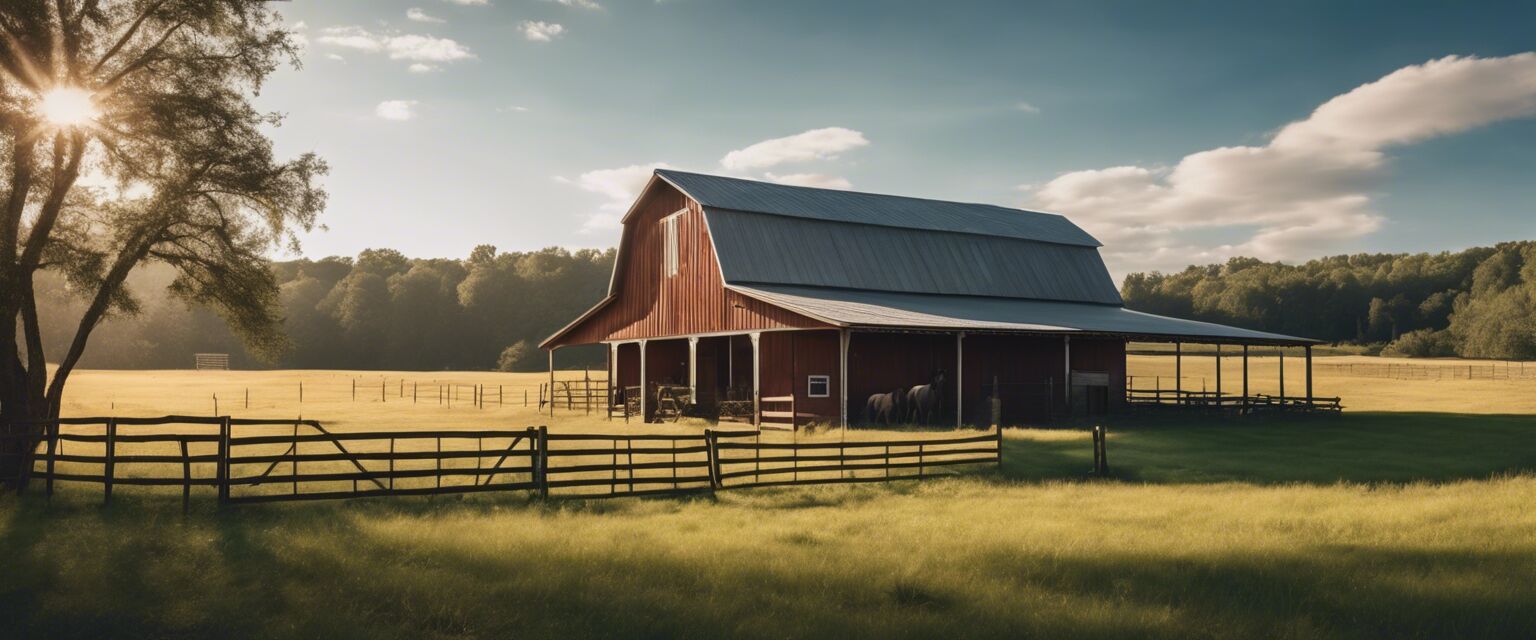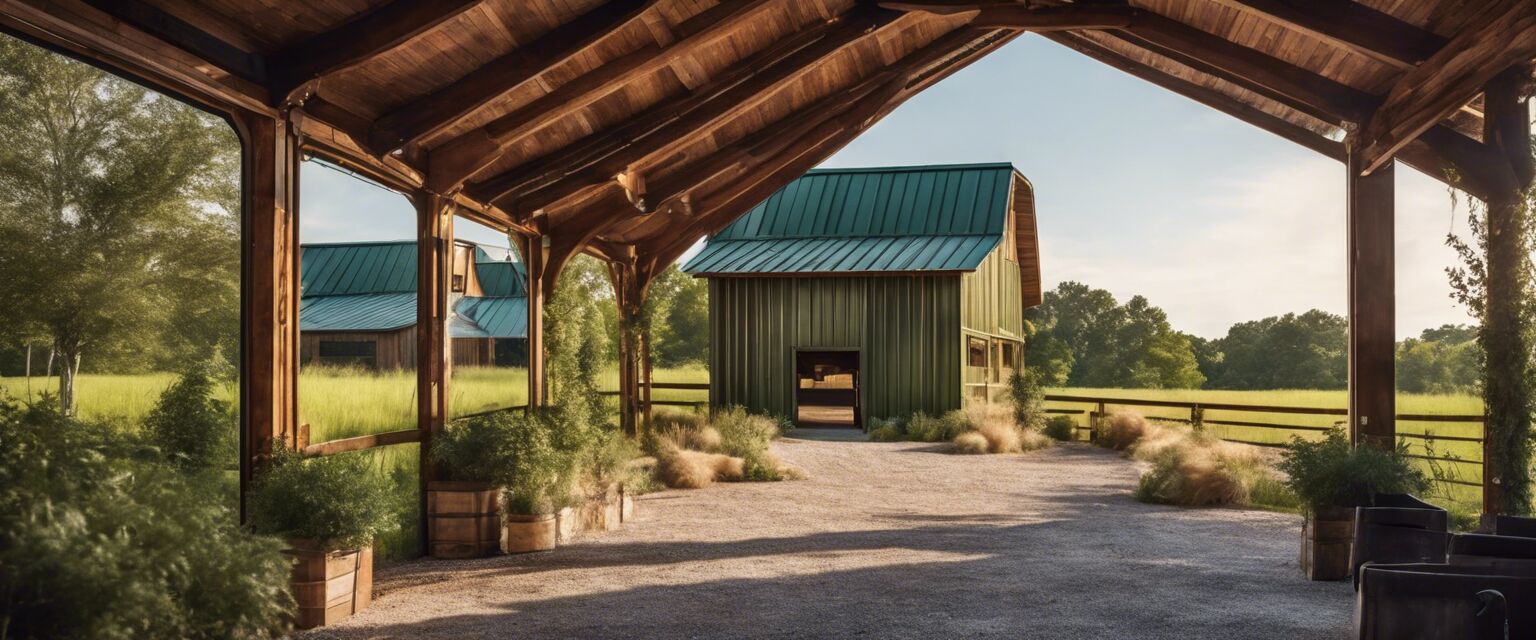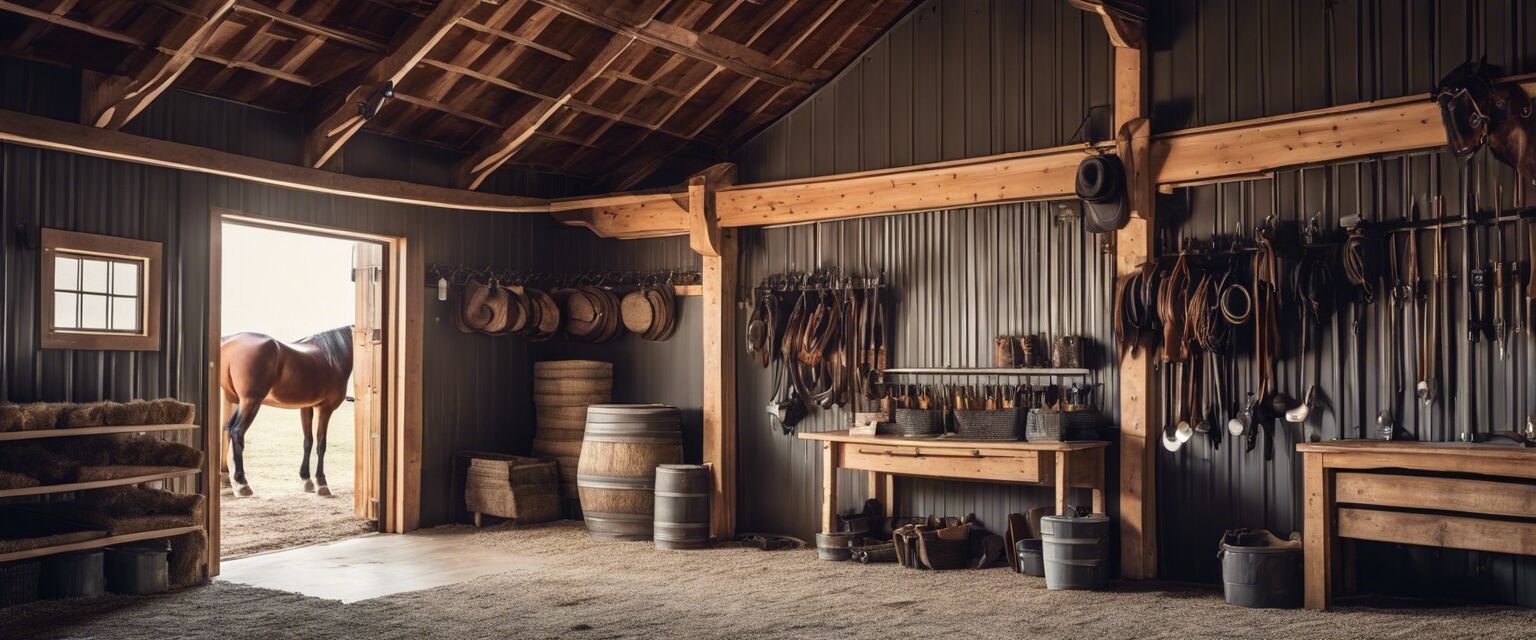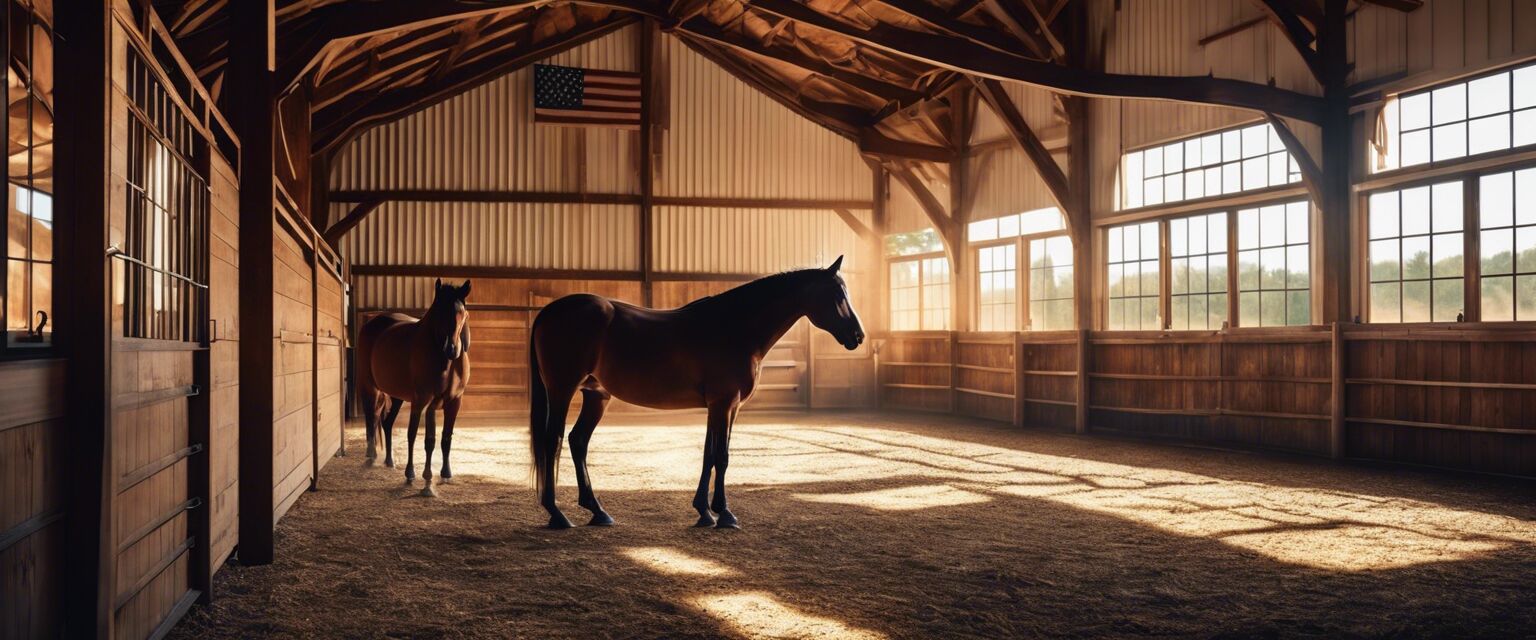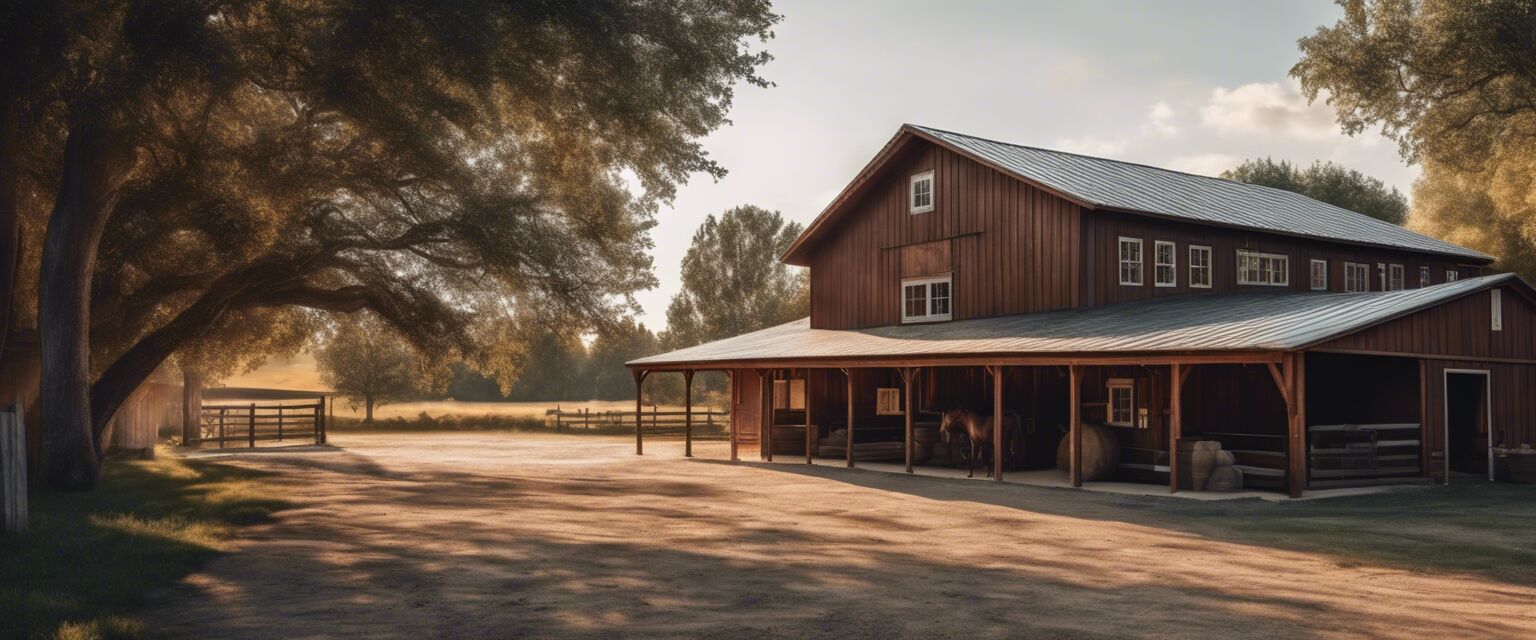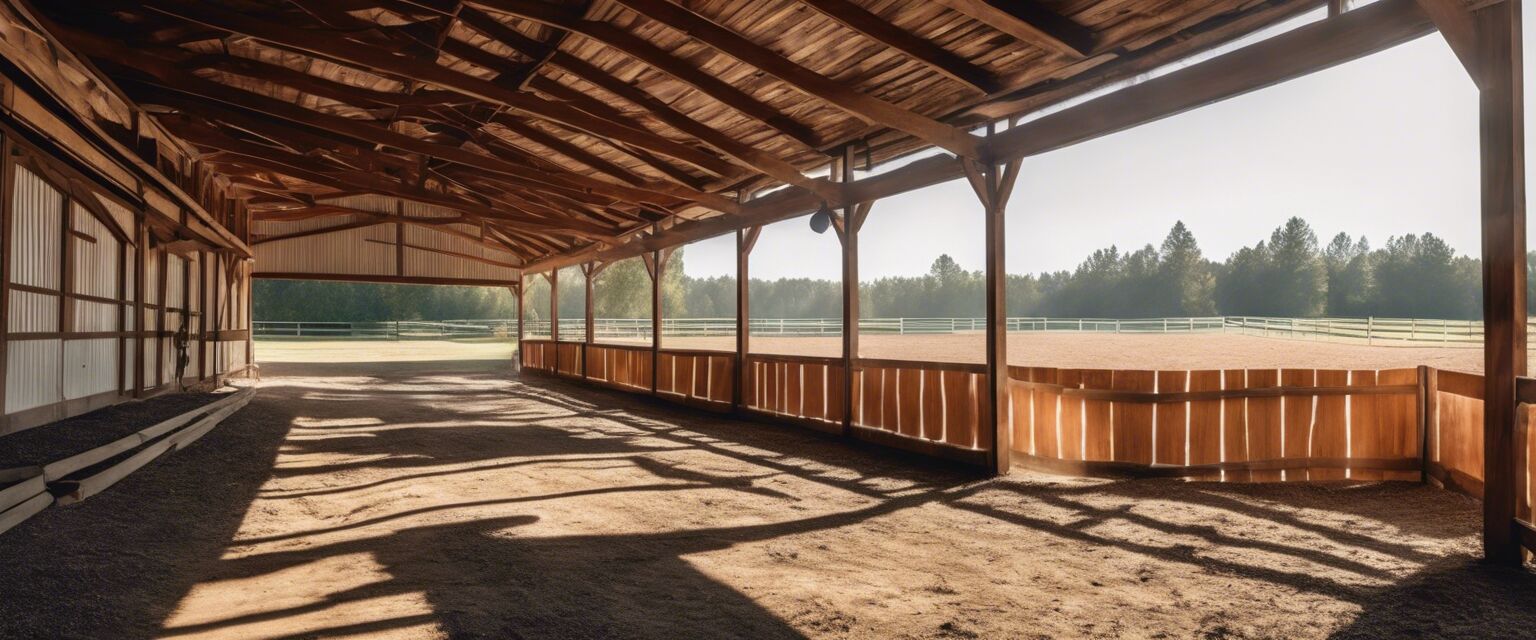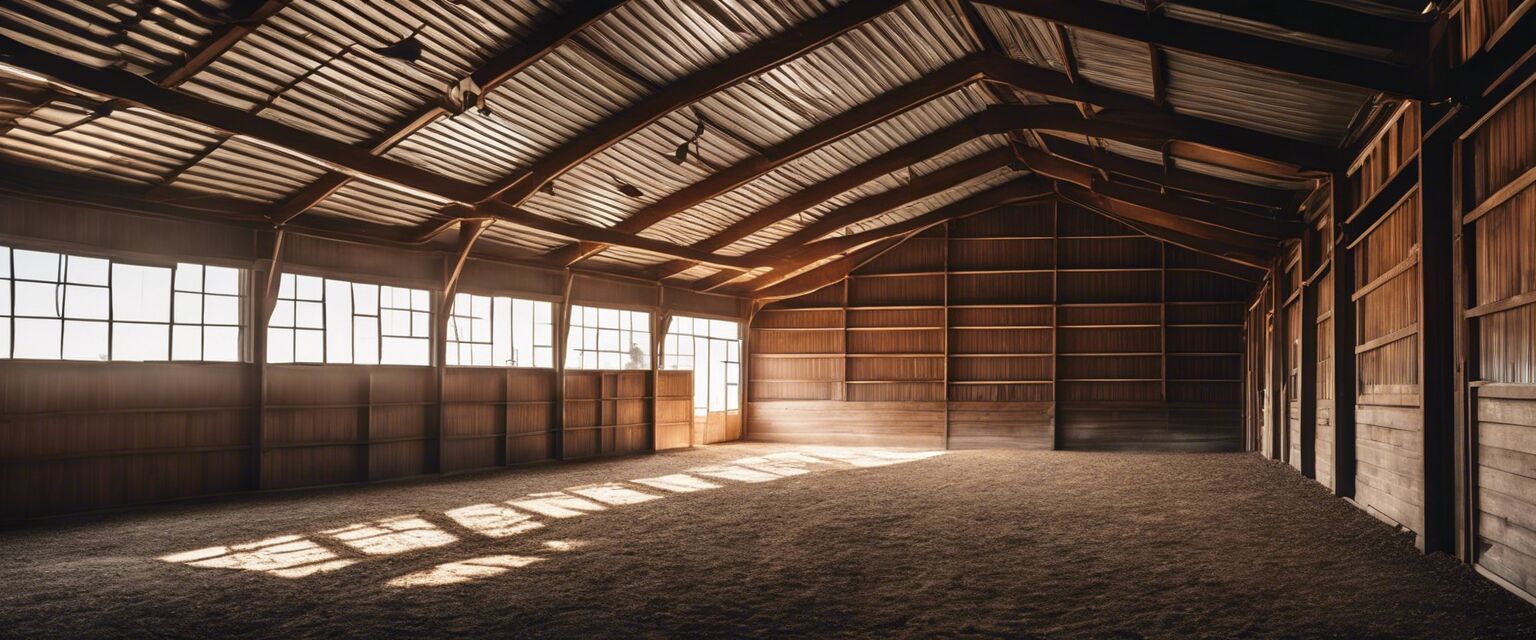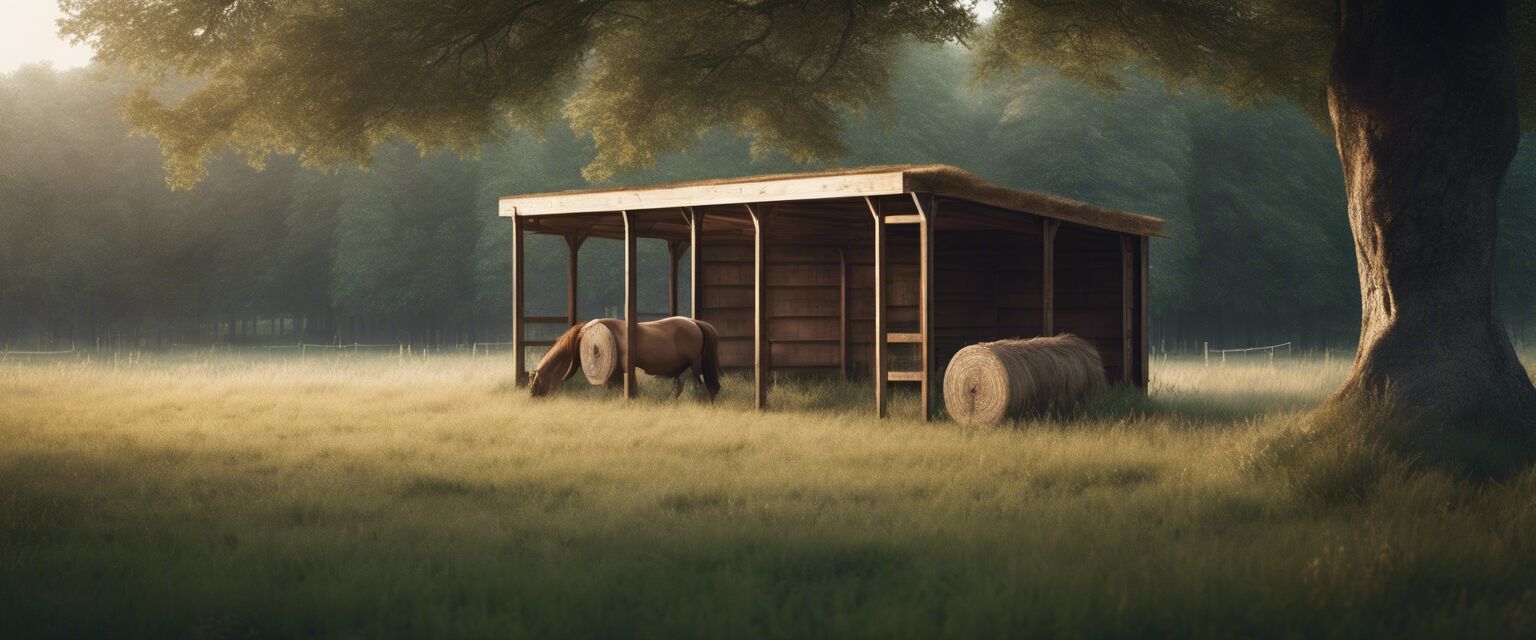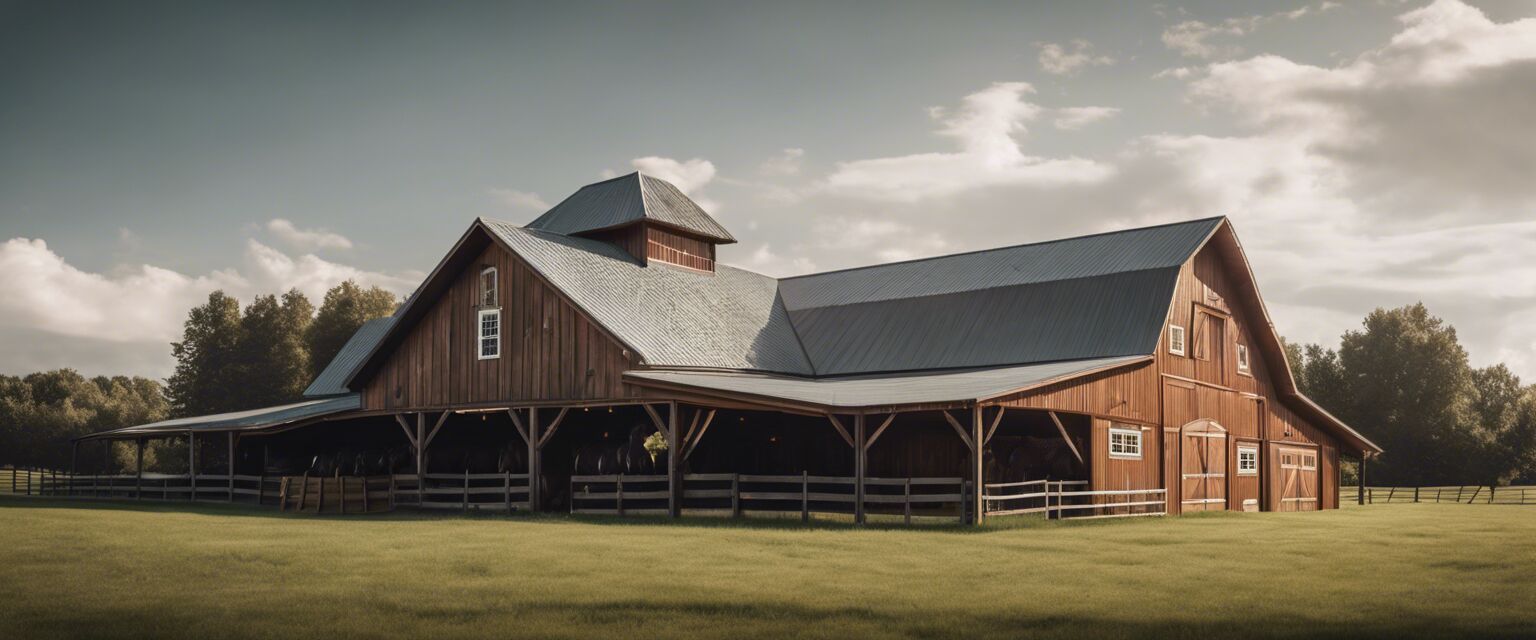
DIY Horse Barn Plans
Key Takeaways
- Understand the importance of planning before building your horse barn.
- Choose the right materials for durability and safety.
- Explore various designs that suit your needs and budget.
- Consider barn maintenance and safety features.
- Utilize tools and resources effectively for a successful DIY project.
Building a horse barn can be an exciting project for horse owners. DIY horse barn plans allow you to create a customized space for your horses while saving money. This guide provides comprehensive information on planning, materials, and design options. Let's dive into the key aspects of constructing your own horse barn!
Why DIY Horse Barn Plans?
Creating your own horse barn has multiple benefits:
- Cost-effective: Save money on labor costs.
- Customization: Build according to your specific requirements.
- Satisfaction: Experience the joy of creating something with your own hands.
Planning Your Horse Barn
Before you start building your horse barn, it's essential to have a well-thought-out plan in place. Here are the steps to consider:
| Step | Description |
|---|---|
| 1. Assess Your Needs | Determine the number of horses and their specific needs. |
| 2. Choose a Location | Select a site that is dry, well-drained, and easily accessible. |
| 3. Create a Budget | Estimate costs for materials, tools, and additional features. |
| 4. Design Your Barn | Sketch a layout that includes stalls, storage, and other necessary areas. |
| 5. Gather Materials | Collect all the materials you'll need for construction. |
Design Options for Your Barn
When it comes to designing your horse barn, there are several popular styles to consider:
- Traditional Barn: Classic design with a gable roof.
- Run-in Shed: Open barn that allows horses to come and go as they please.
- Modular Barn: Prefabricated sections that can be customized.

Choosing the Right Materials
The materials you select will impact the durability and safety of your barn. Here are some common materials to consider:
| Material | Benefits |
|---|---|
| Wood | Natural insulation and aesthetic appeal. |
| Metal | Durable and low maintenance. |
| Concrete | Strong foundation and long-lasting. |
| Composite Materials | Resistant to rot and pests. |
Essential Features of a Horse Barn
While designing your barn, consider including these essential features:
- Spacious Stalls: Ensure each horse has enough room to move comfortably.
- Ventilation: Proper airflow to keep the barn fresh and dry.
- Storage Area: Space for feed, tools, and equipment.
- Wash Rack: A designated area for bathing and grooming horses.
- Safety Features: Secure doors and non-slip flooring.

Building the Barn
Once you have your plans and materials ready, it's time to start building. Follow these tips:
Tips for Beginners
- Start with a solid foundation.
- Work in sections to avoid feeling overwhelmed.
- Consider asking for help from experienced builders.
- Take your time to ensure quality craftsmanship.
- Stay organized and keep your workspace tidy.
Maintaining Your Horse Barn
After the barn is built, regular maintenance is key to longevity:
- Clean stalls daily to prevent disease.
- Inspect the roof and walls for damage.
- Check for pests regularly.
- Maintain the flooring for safety.
Final Thoughts
Building a DIY horse barn is a rewarding project that requires careful planning and execution. By understanding the design options, materials, and essential features, you can create a safe and comfortable environment for your horses. Don't forget to check out our other resources for barn building materials, décor, and safety solutions:
- Barn Building Materials
- Barn Décor and Comfort
- Barn Safety and Security
- Feeding Solutions
- Watering Systems
Pros
- Cost savings compared to hiring contractors.
- Personalized design that meets your specific needs.
- Ability to control the quality of materials used.
Cons
- Time-consuming process requiring dedication.
- Potential for mistakes without proper experience.
- Initial investment in tools and materials can be high.

